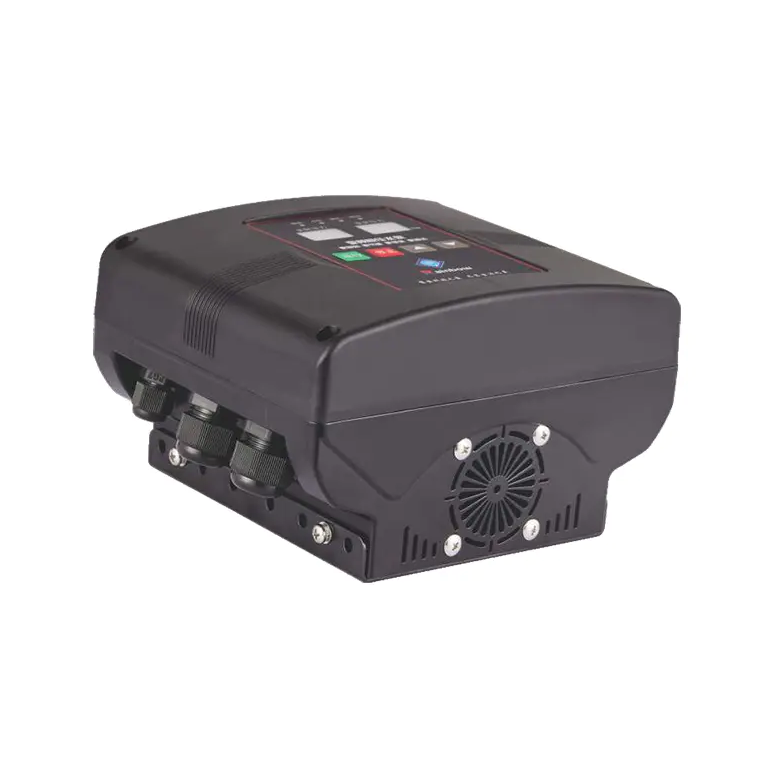An Inverter Pump is a modern innovation designed to deliver water with high efficiency and intelligence, particularly by responding dynamically to changing water demand. Unlike traditional fixed-speed pumps that run at full power regardless of how much water is needed, the Inverter Pump incorporates variable frequency drive (VFD) technology that allows the motor speed to adjust continuously based on real-time system requirements. This capability enables the pump to supply only the necessary flow rate and pressure, which significantly improves energy efficiency, prolongs equipment life, and ensures consistent water delivery across various applications.
The core of this automatic adjustment lies in the integration of sensors and control algorithms that monitor parameters such as water pressure, flow rate, and sometimes even user-specific consumption patterns. When the water demand increases—for example, when multiple taps are opened simultaneously—the sensors detect a drop in system pressure. This information is transmitted to the pump’s control unit, which instructs the inverter to increase the motor’s frequency. As a result, the Inverter Pump speeds up to meet the increased demand, providing more flow at a higher pressure. Conversely, when the demand decreases, the system reduces the motor speed, lowering both flow and energy consumption accordingly.
This smart response mechanism is not only beneficial in residential buildings but also in commercial and industrial systems where water demand may fluctuate significantly throughout the day. By maintaining constant pressure and adjusting output to match demand, the Inverter Pump ensures user comfort and operational stability without the pressure spikes or water hammer that often occur with traditional pumps. Moreover, because the pump only works as hard as needed, it reduces wear and tear, leading to fewer breakdowns and maintenance requirements over time.
Another key benefit of using an Inverter Pump is its contribution to energy savings. Running a pump at partial speed consumes exponentially less power than operating it at full capacity continuously. In systems where demand varies frequently—such as in high-rise buildings, irrigation setups, or process cooling systems—this efficiency translates into significant reductions in energy bills. The cost savings, combined with improved performance and durability, often justify the initial investment in inverter technology.
Inverter Pump systems are also increasingly integrated with advanced control interfaces that allow users to set parameters or monitor performance remotely. Some models include programmable schedules, automatic diagnostics, and data logging, all of which help optimize system performance and facilitate predictive maintenance. These smart features further enhance the pump’s ability to respond intelligently to actual water usage patterns and operational conditions, ensuring that the system always operates at its most efficient point.
In conclusion, an Inverter Pump adjusts flow rate automatically through the use of real-time sensors and variable frequency control, allowing it to match water output precisely with current demand. This not only enhances energy efficiency but also provides stable water pressure, extends equipment lifespan, and reduces maintenance needs. The intelligent operation of an Inverter Pump makes it an essential component in modern water delivery systems, where both performance and sustainability are critical priorities.
